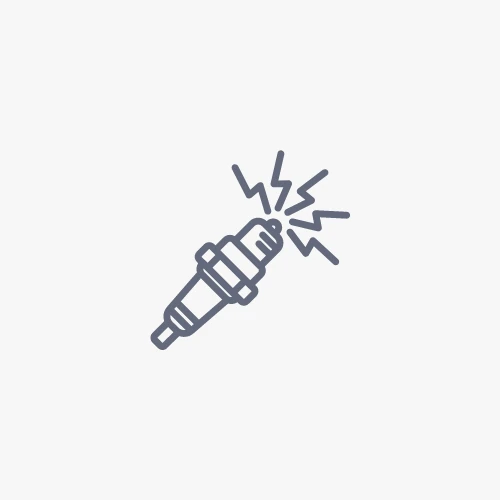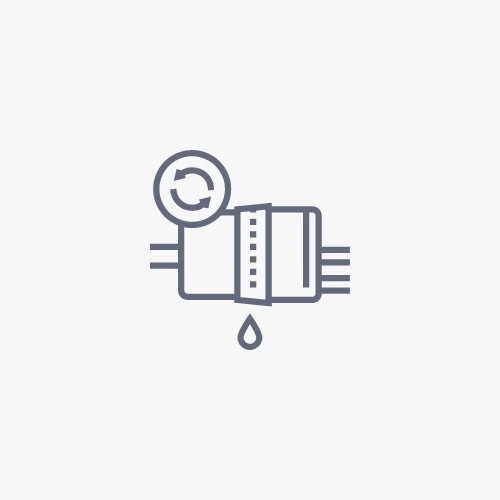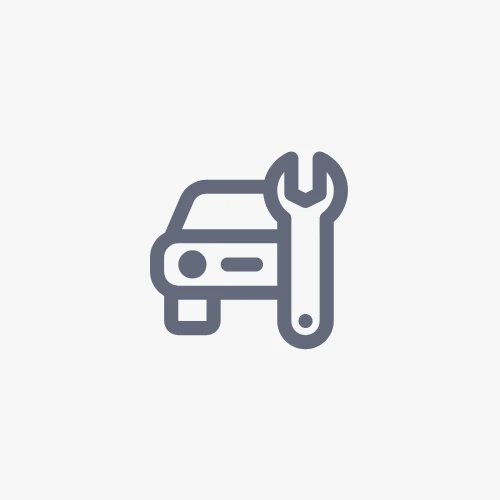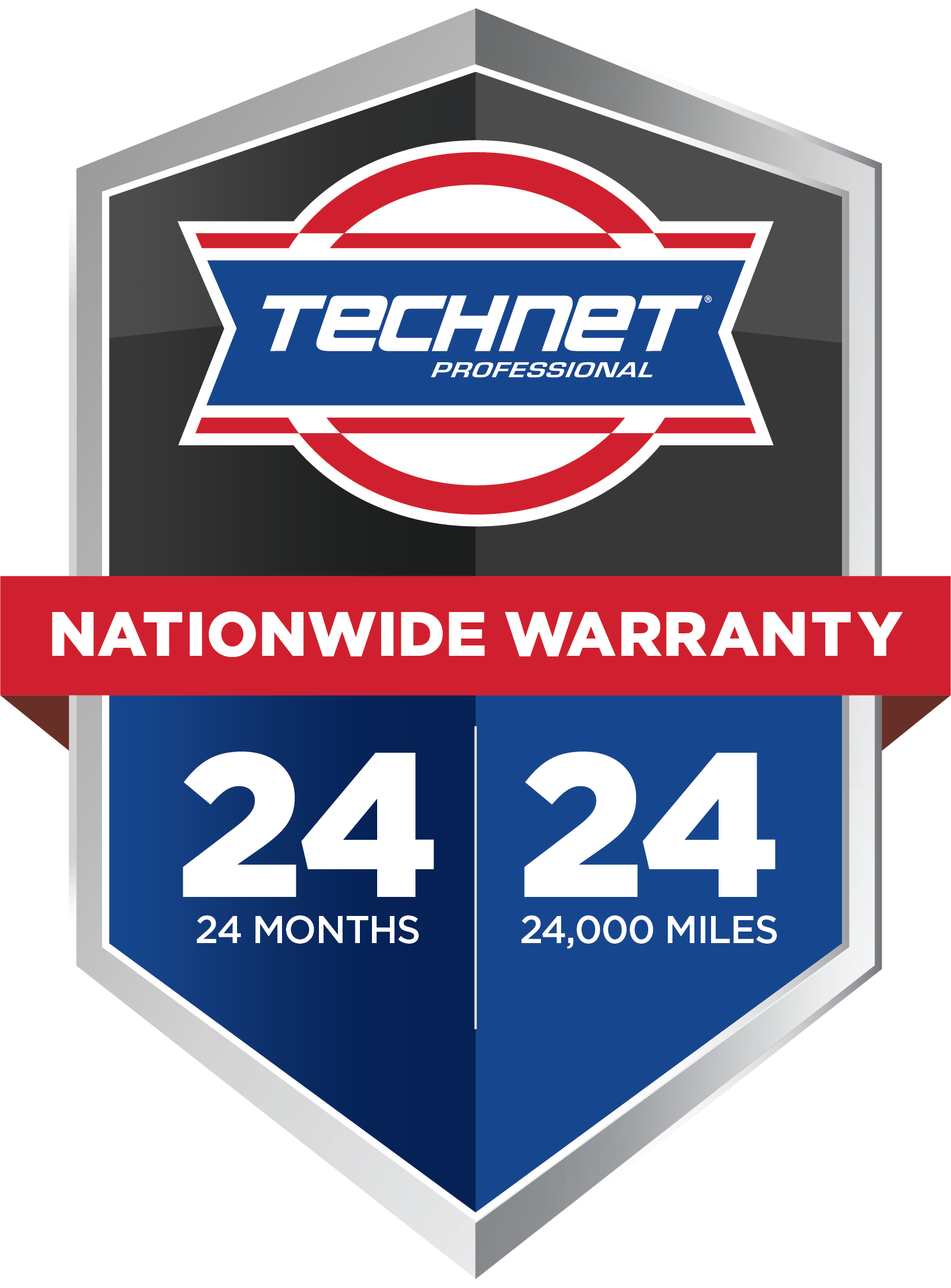The Importance of Drive-Belt Maintenance for Your Vehicle
 Your vehicle’s drive belt is a small but critical component that plays a significant role in keeping your car running smoothly. While it might seem inconspicuous, neglecting its maintenance can lead to costly repairs and breakdowns. In this blog post, we’ll delve into the importance of drive-belt maintenance, highlighting key subheaders to guide you through the process of ensuring your vehicle’s drive-belt remains in top shape. Before we dive into maintenance, let’s understand what the drive belt is and what it does. The drive belt, often referred to as a serpentine or V-belt, is responsible for transmitting power from the engine’s crankshaft to various engine accessories, such as the alternator, power steering pump, air conditioning compressor, and water pump. Without a properly functioning drive belt, these components won’t work efficiently, if at all, leading to a host of issues.
Your vehicle’s drive belt is a small but critical component that plays a significant role in keeping your car running smoothly. While it might seem inconspicuous, neglecting its maintenance can lead to costly repairs and breakdowns. In this blog post, we’ll delve into the importance of drive-belt maintenance, highlighting key subheaders to guide you through the process of ensuring your vehicle’s drive-belt remains in top shape. Before we dive into maintenance, let’s understand what the drive belt is and what it does. The drive belt, often referred to as a serpentine or V-belt, is responsible for transmitting power from the engine’s crankshaft to various engine accessories, such as the alternator, power steering pump, air conditioning compressor, and water pump. Without a properly functioning drive belt, these components won’t work efficiently, if at all, leading to a host of issues.
Signs of Drive Belt Wear and Tear
Signs of drive belt wear and tear are crucial to identify early to prevent unexpected breakdowns and costly repairs. Here are some common indicators that your vehicle’s drive belt may need attention:
- Cracks and Fraying Inspect the surface of the belt for visible cracks and fraying along its length. These are clear signs of wear and suggest that the belt is becoming brittle and less effective at transmitting power.
- Glazing A shiny or glazed appearance on the belt’s surface is often a sign of excessive heat and friction. This can occur when the belt slips due to poor tension or alignment. Glazing reduces the belt’s grip and efficiency.
- Squeaking or Squealing Noises If you hear high-pitched squeaking or squealing noises coming from the engine compartment, especially when you start the engine or turn the steering wheel, it could be a sign of a loose or worn drive belt. This noise results from the belt slipping over the pulleys.
- Visible Wear Patterns Check the belt’s underside for signs of wear patterns. If you notice any flat spots, chunks missing, or irregularities in the belt’s surface, it indicates excessive wear and may necessitate replacement.
- Tension Issues A properly tensioned drive belt is essential for efficient power transmission. If the belt feels loose or has too much slack, it may not be able to effectively turn engine accessories. Conversely, if it feels too tight, it can lead to premature wear on the belt and accessories.
- Visible Belt Degradation Look for any visible signs of degradation, such as a discolored or damaged belt. If you see any portions of the belt that appear significantly different from the rest, it may be a cause for concern.
- Accessories Not Functioning Properly If your alternator, power steering, air conditioning, or water pump starts to malfunction, it could be due to a failing drive belt. These accessories rely on the drive belt to operate, and a worn belt may not provide enough power to run them efficiently.
- Engine Overheating A malfunctioning drive belt can impact the performance of the water pump, which is responsible for circulating coolant to keep the engine at an optimal temperature. If your engine starts to overheat, it could be linked to a failing drive belt.
- Dashboard Warning Lights In some modern vehicles, a malfunctioning drive belt may trigger warning lights on your dashboard, such as the battery or alternator light. Pay attention to these indicators as they can provide early warnings of belt issues.
- Belt Dust Excessive belt dust in the engine compartment can be a sign of belt wear. If you notice a buildup of fine black powder around the belt area, it may indicate the belt is deteriorating.
Timing Belt vs. Serpentine Belt
It’s important to note that some vehicles have both a timing belt and a serpentine belt. While the serpentine belt powers accessories, the timing belt synchronizes the engine’s internal components. Each has its maintenance schedule, and neglecting either can have dire consequences. Be sure to consult your vehicle’s owner’s manual or a professional mechanic to understand the maintenance requirements for your specific vehicle.
Regular Inspection and Maintenance
Regular inspection of your drive belt is key to preventing unexpected breakdowns. Inspect it for signs of wear and tension. A properly tensioned belt ensures efficient power transfer. If you’re unsure about the condition or tension of your drive belt, consult a mechanic. They can perform a comprehensive inspection and make necessary adjustments or replacements. Drive belt replacement intervals vary from vehicle to vehicle. Some modern cars come equipped with a longer-lasting serpentine belt, while older models may have V-belts that require more frequent replacement. Check your owner’s manual for specific recommendations or consult your mechanic to establish a maintenance schedule that suits your vehicle’s needs. While some drive belt maintenance tasks can be performed by DIY enthusiasts, it’s crucial to know your limitations. Simple inspections and tension adjustments can often be done at home, but belt replacement and more complex tasks should be entrusted to a professional mechanic. Their experience and tools ensure the job is done correctly, preventing further damage and costly repairs.
Drive-belt Maintenance Experts in [LOCATION]
Drive belts may seem like a small detail in the grand scheme of vehicle maintenance, but their importance cannot be overstated. Regular inspection and maintenance of your drive belt can spare you from unexpected breakdowns, costly repairs, and inconvenience on the road. Whether you’re a seasoned DIY enthusiast or prefer leaving it to the professionals, taking care of your drive belt should be a top priority to keep your vehicle running smoothly and reliably. Don’t wait until it’s too late – Book an appointment with us or call xxx-xxx-xxx to start prioritizing drive belt maintenance today.











